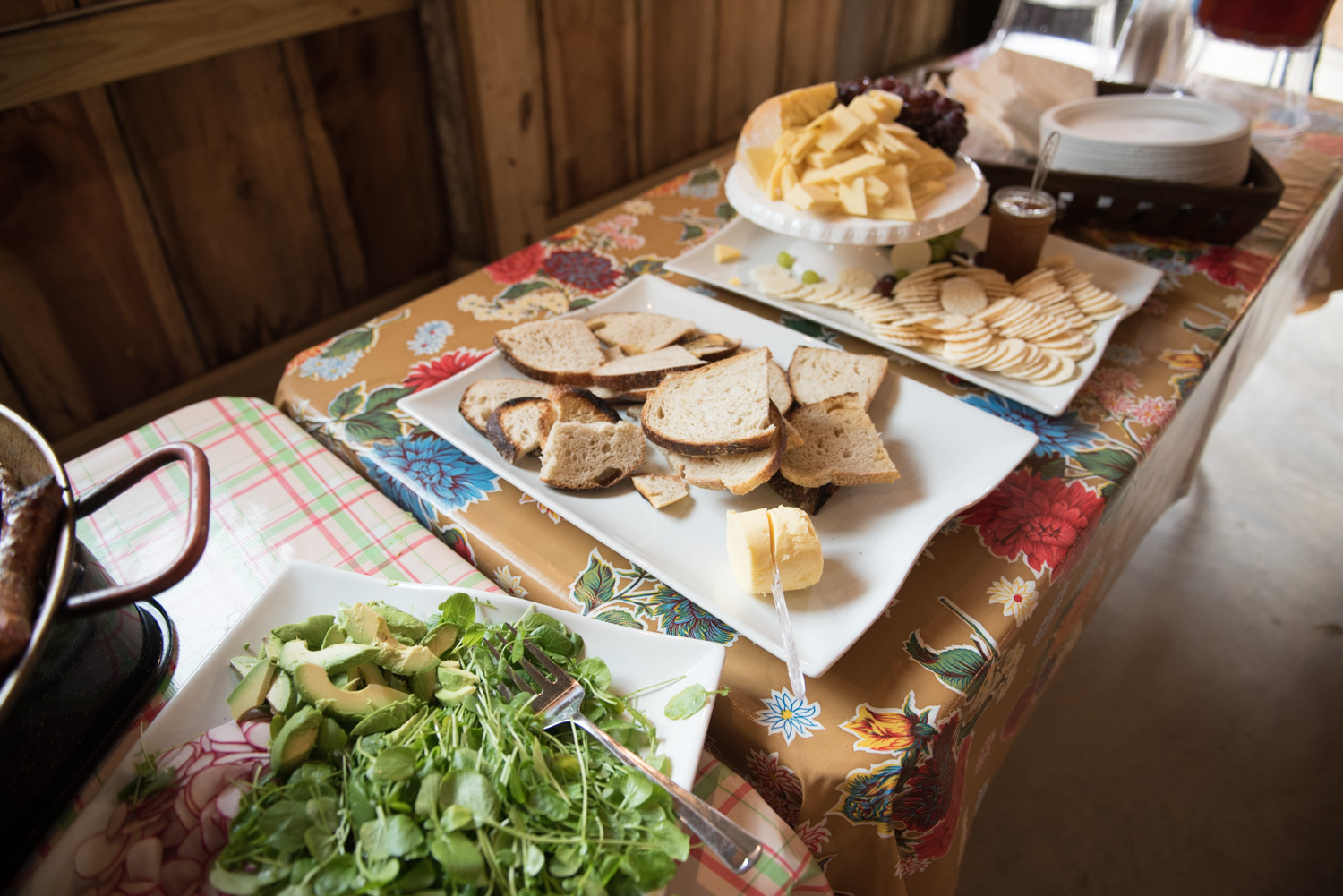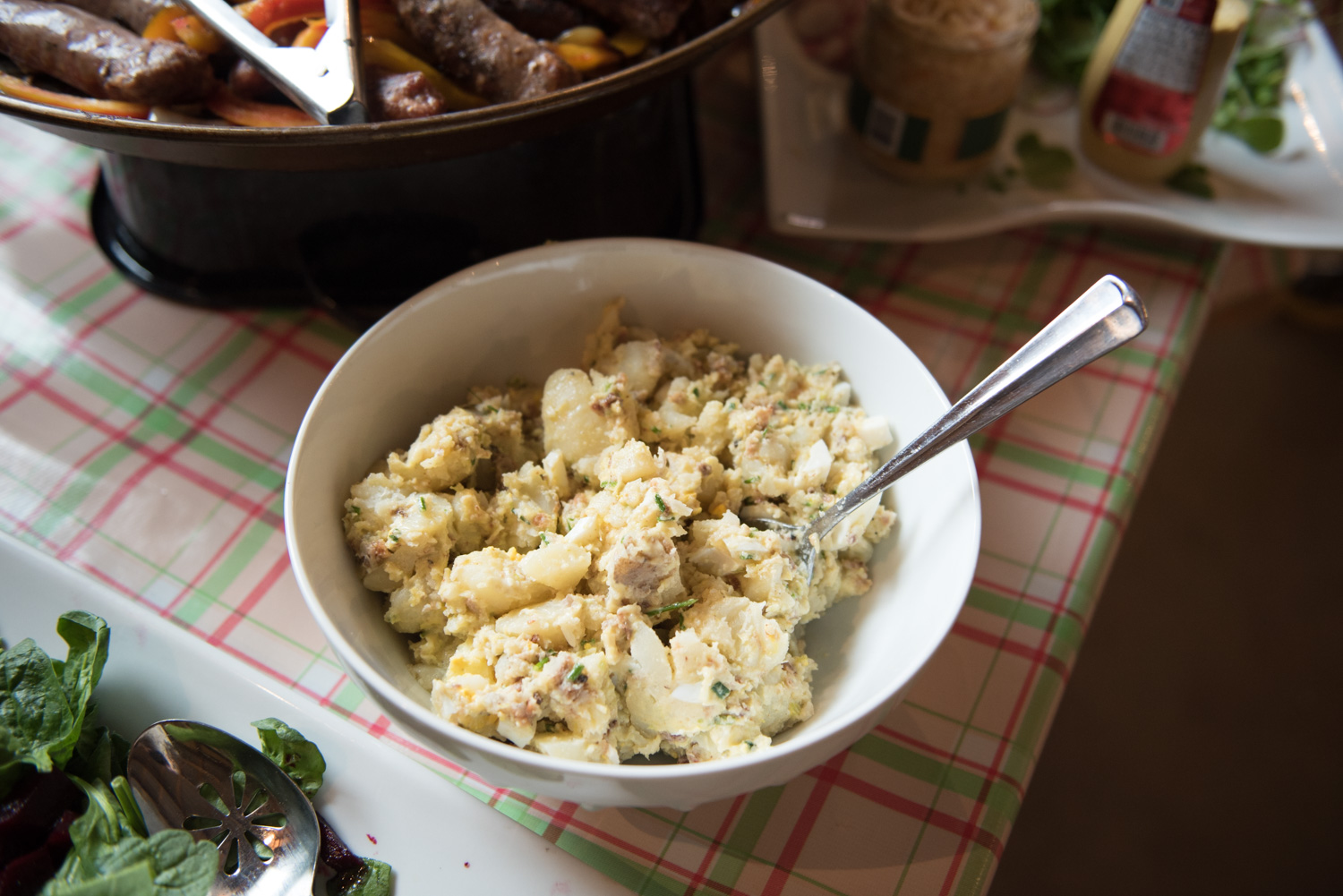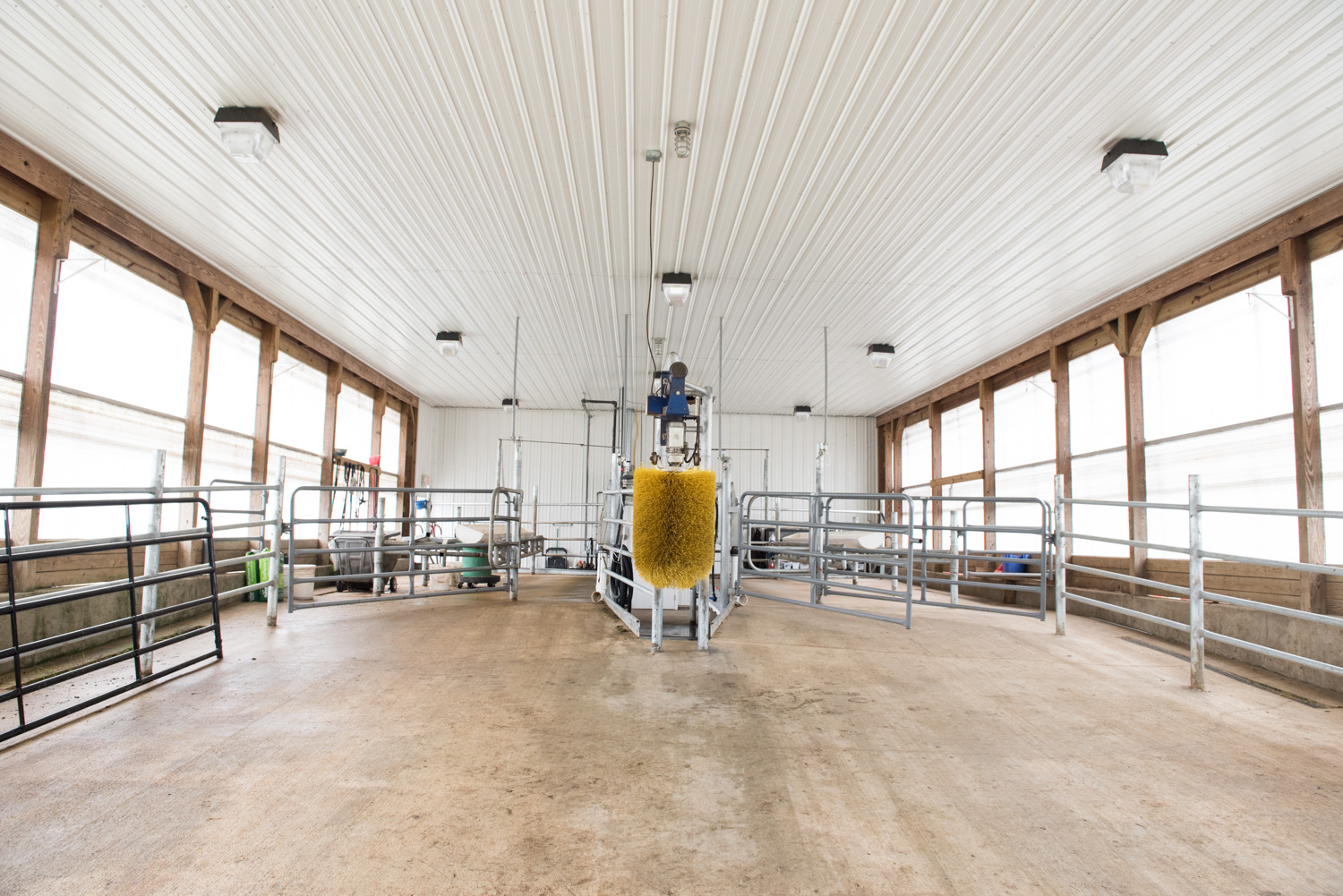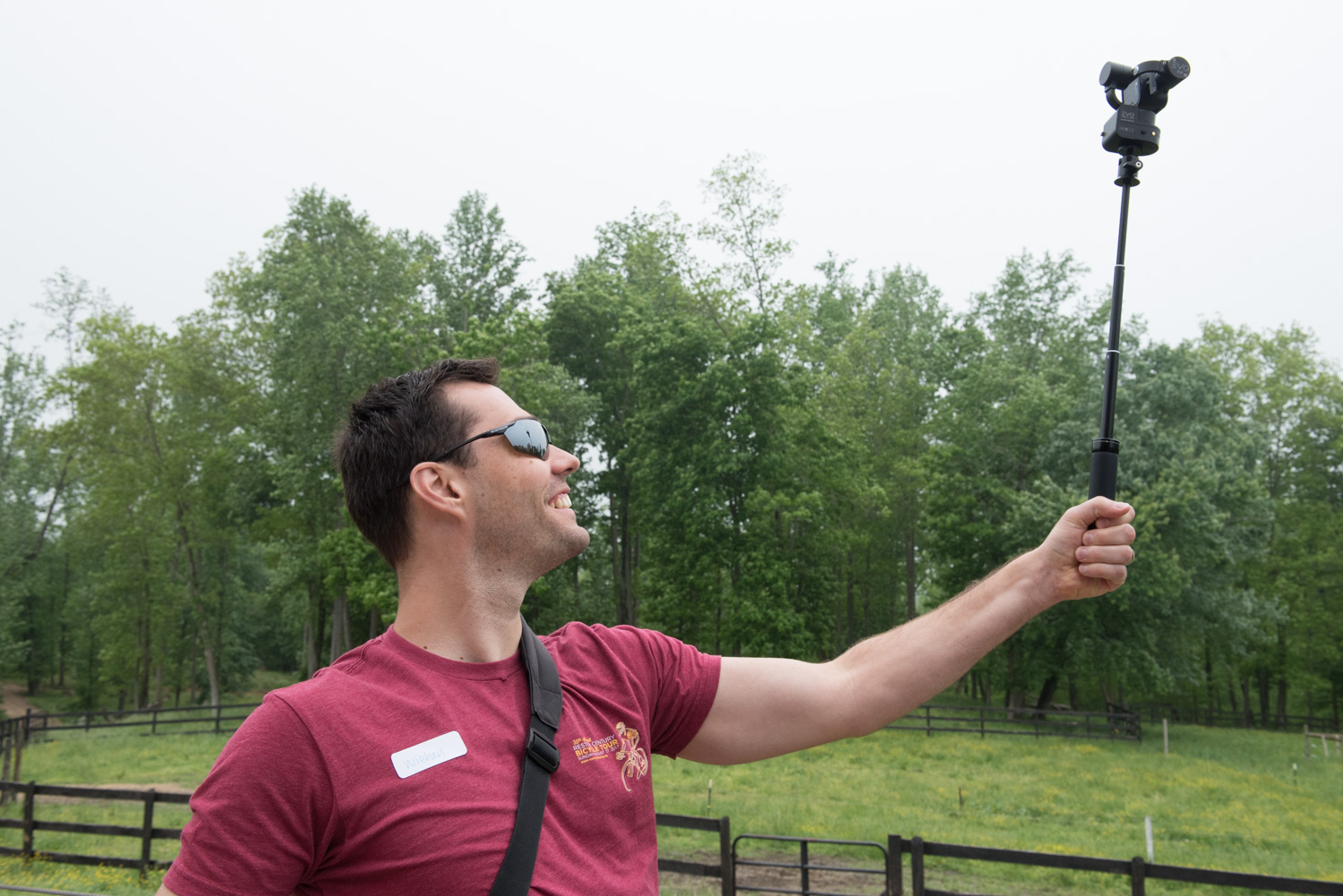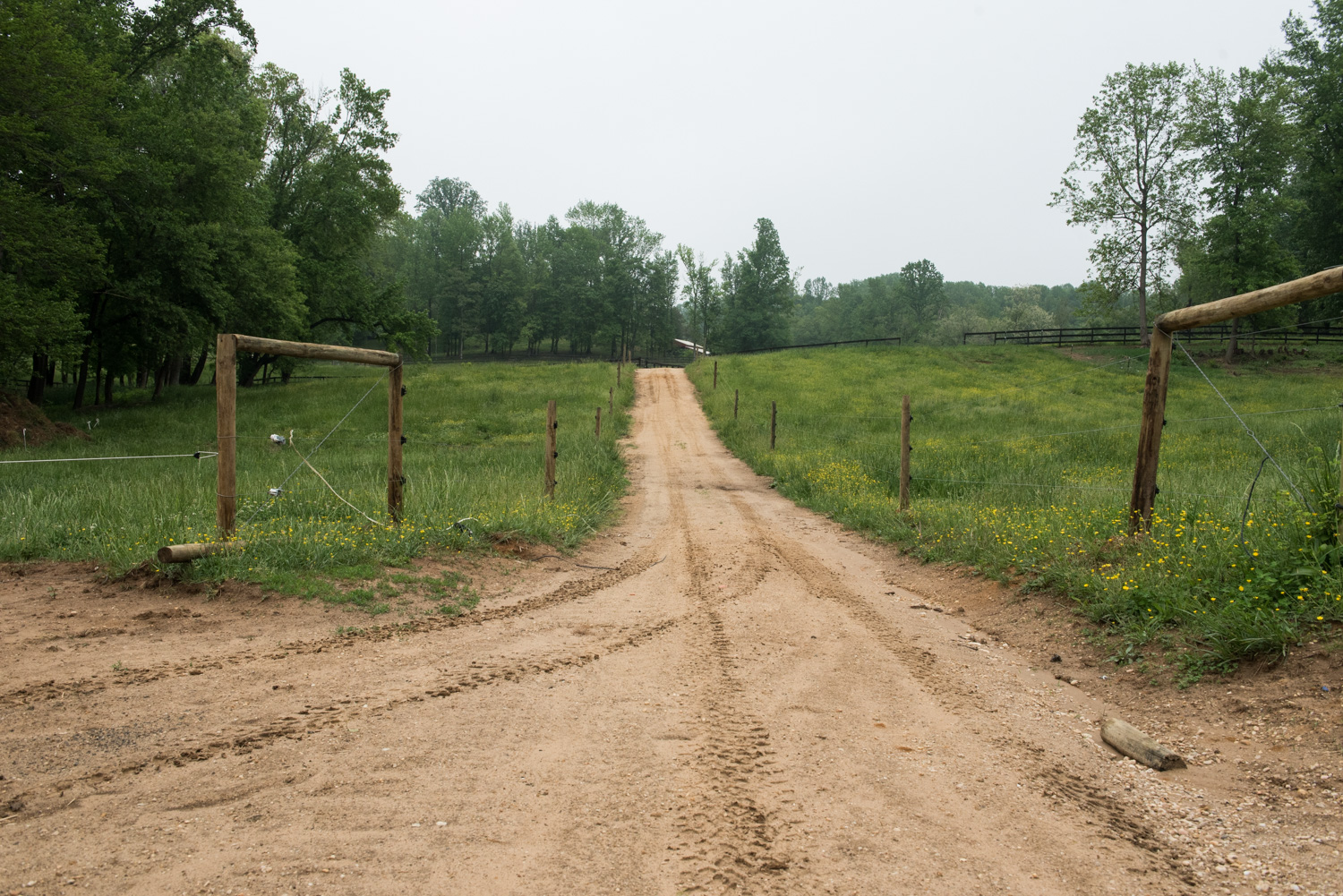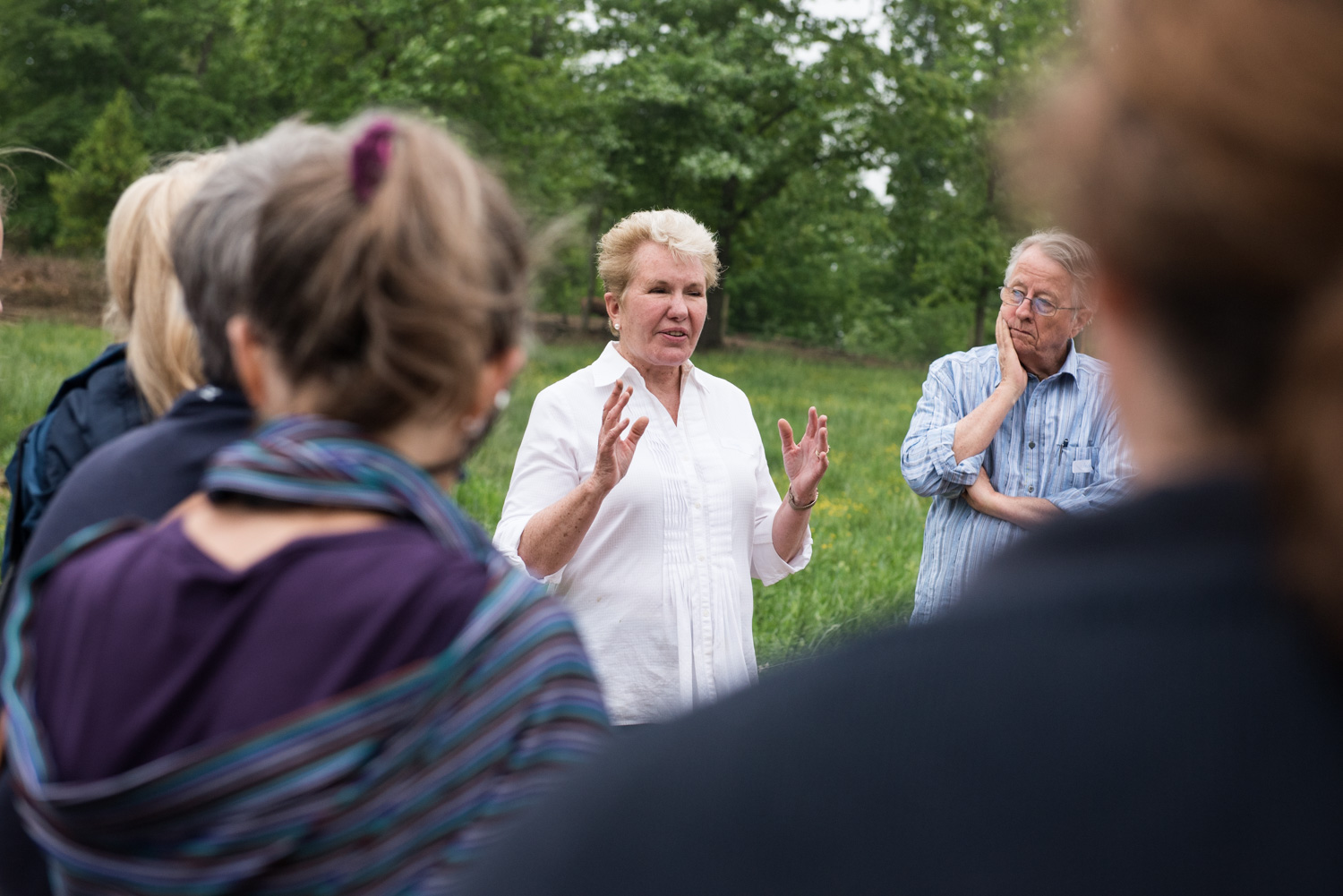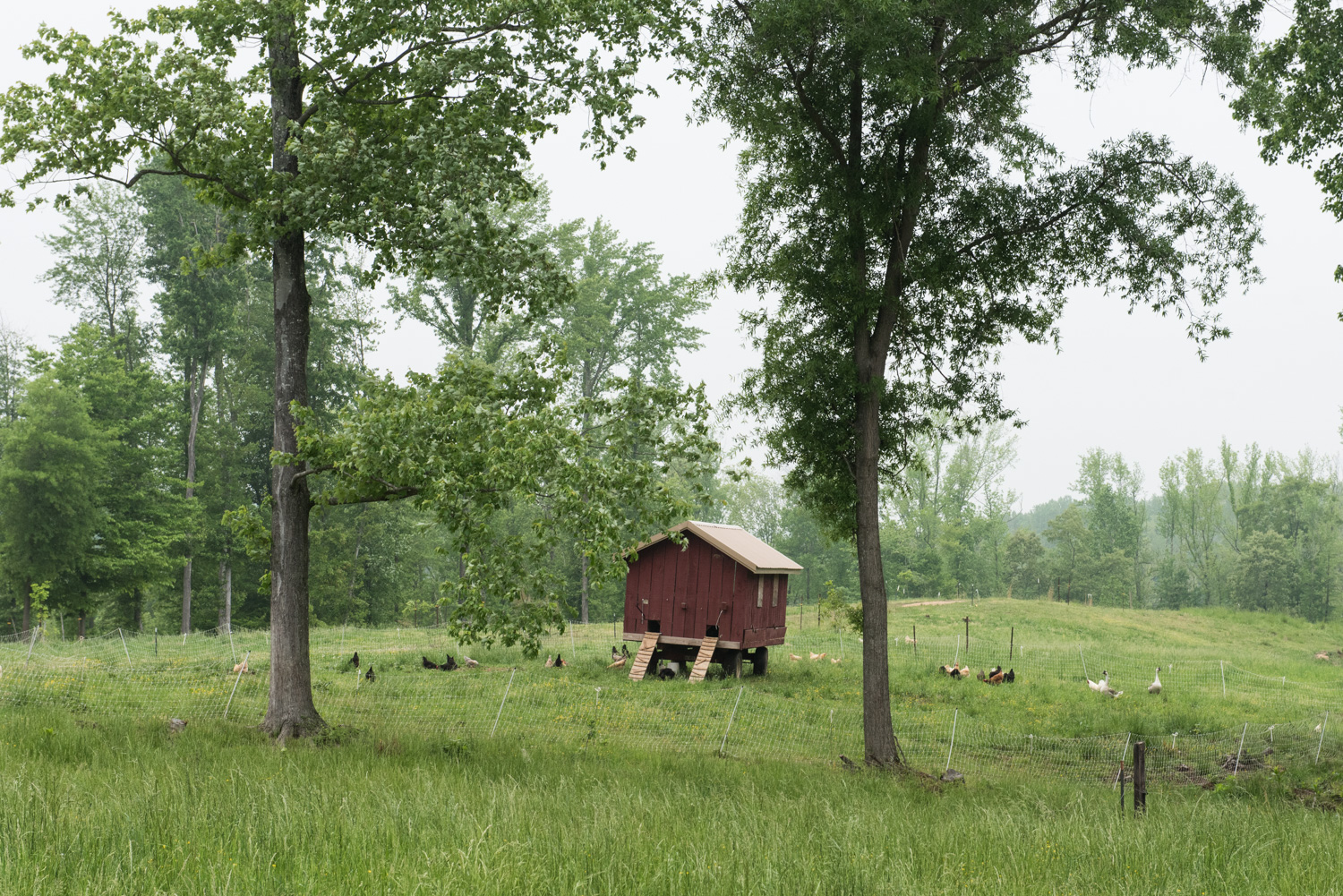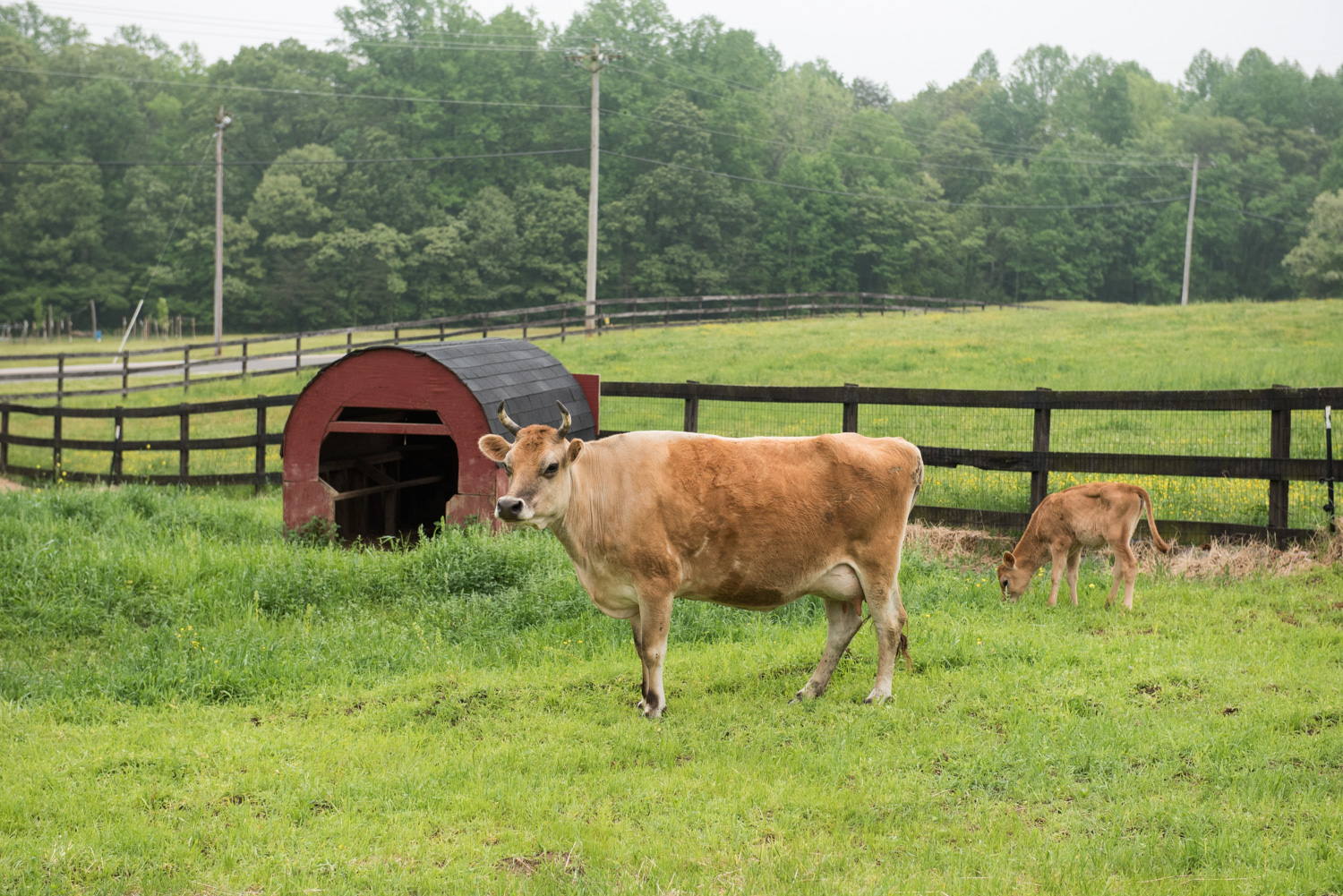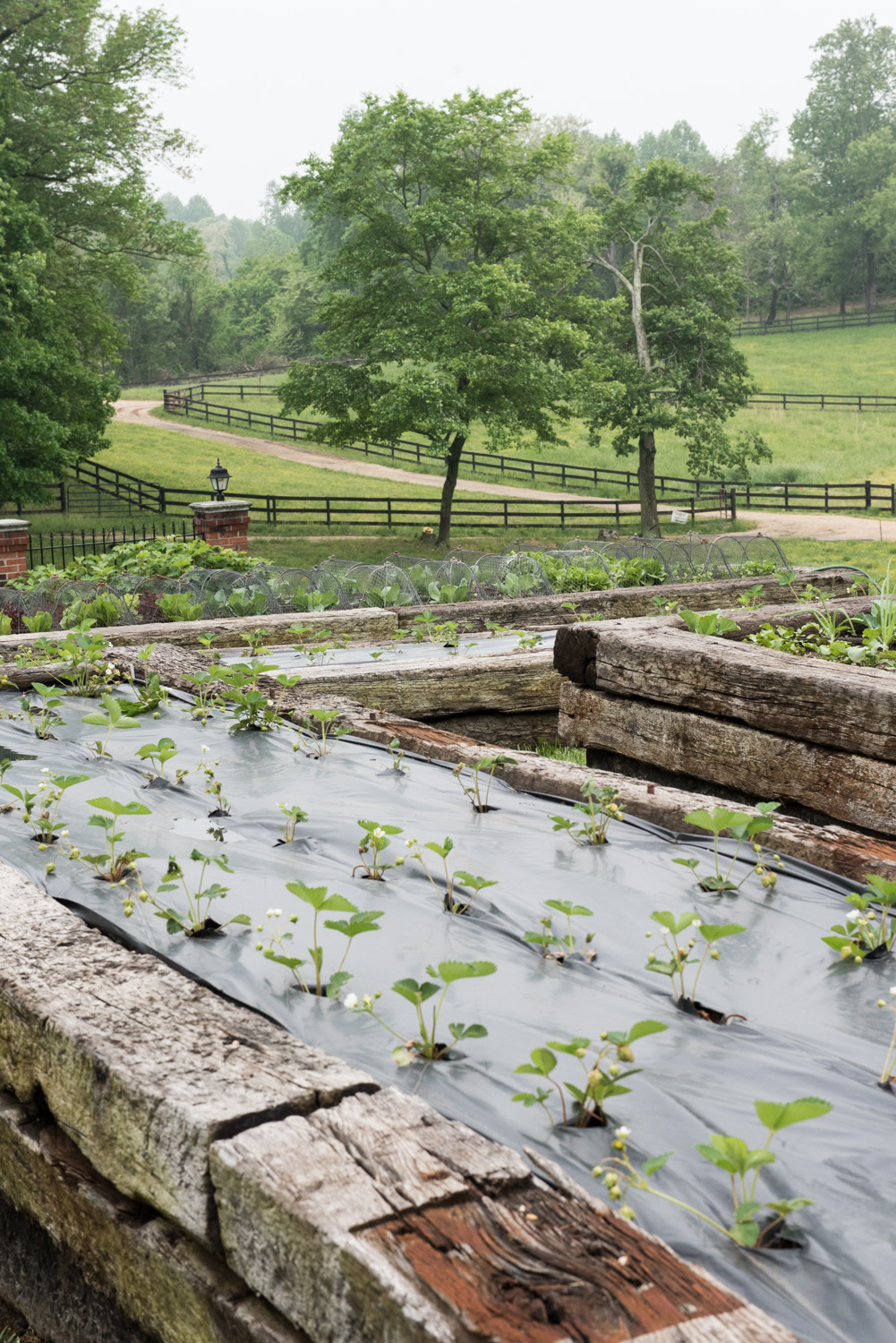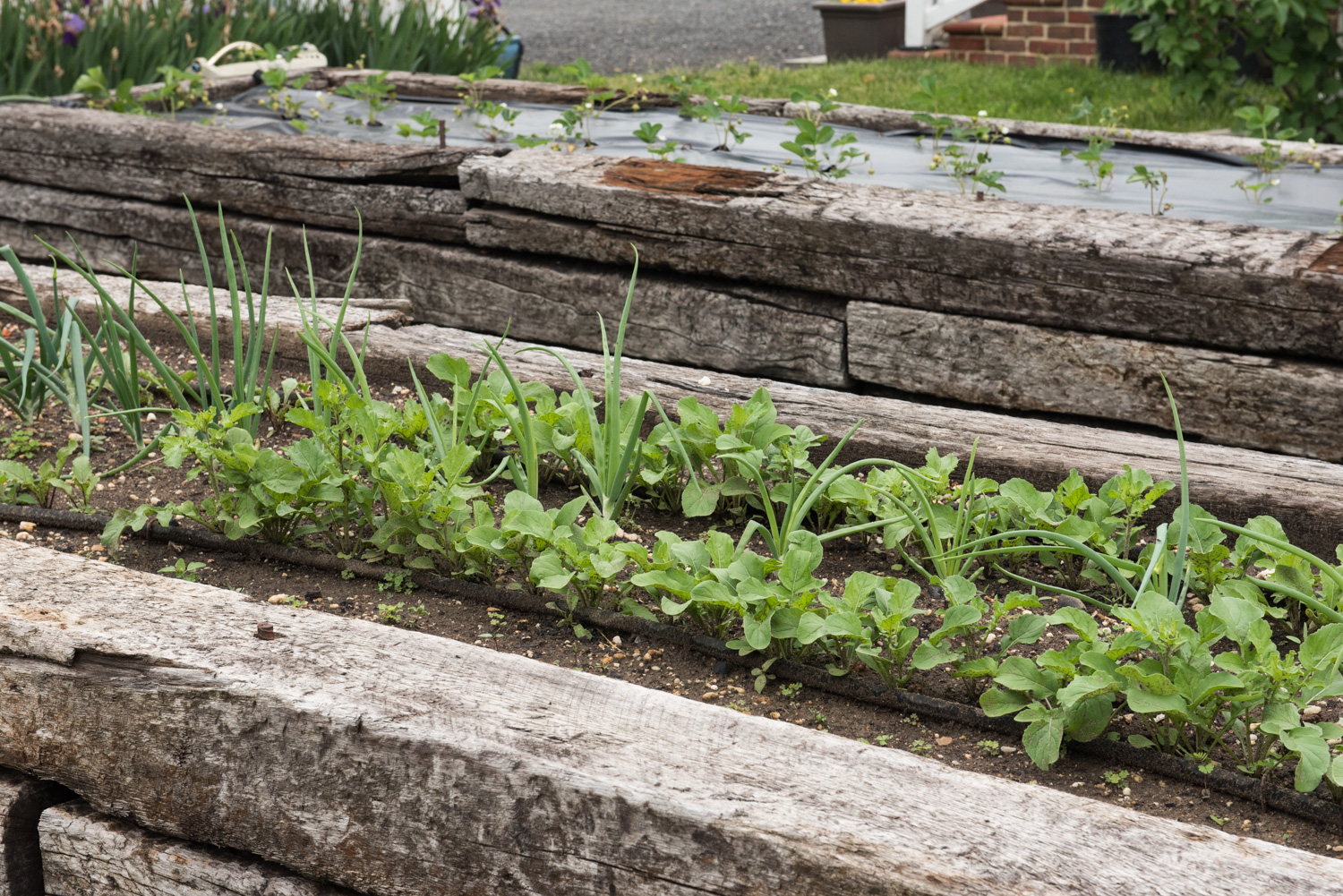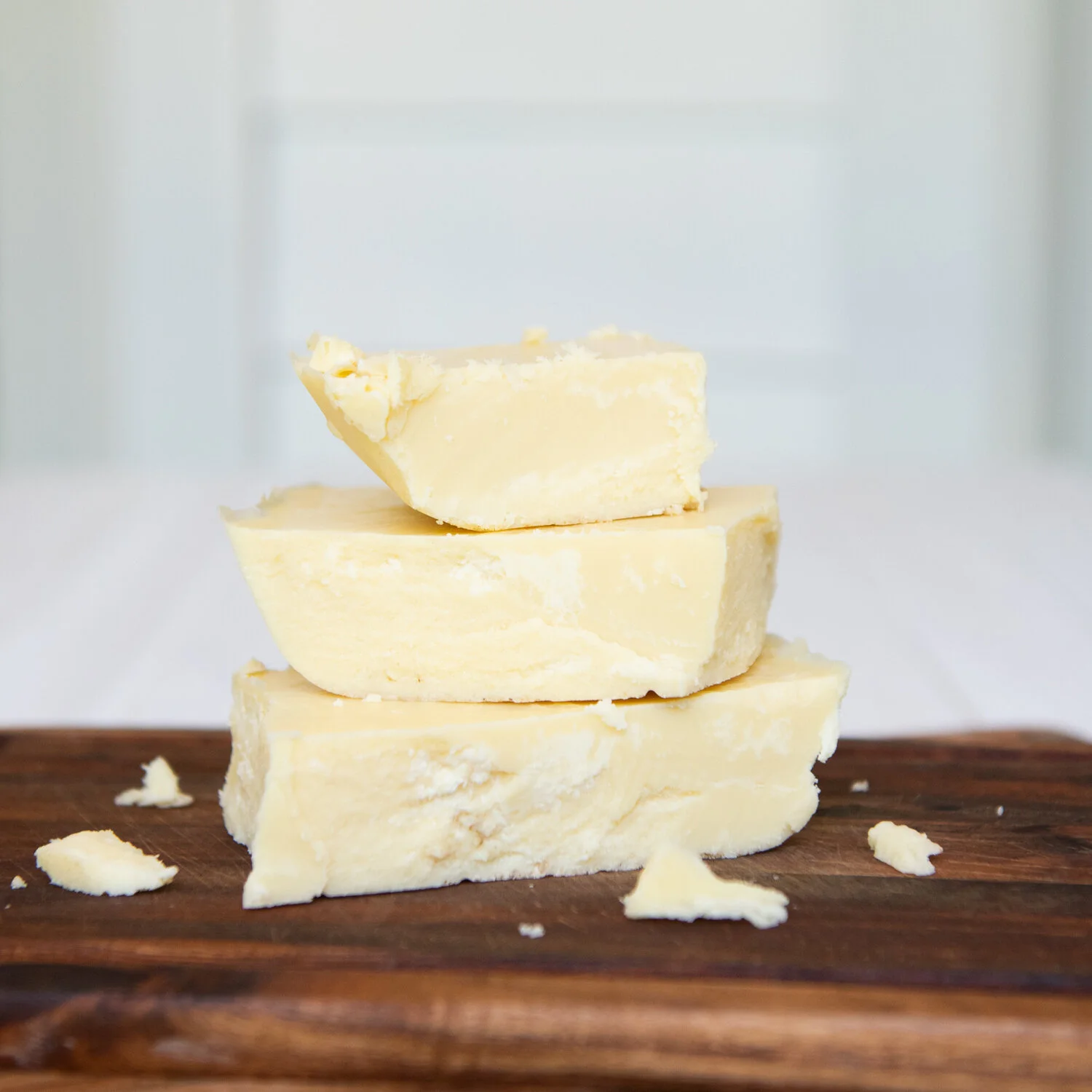Farm Tour & Lunch // P.A. Bowen Farmstead
Disclaimer: This post may contain affiliate links, through which we earn a commission.
One quiet morning in August of 2013, I was in a food market in Helsinki, having tea with an American woman and an Italian woman. We’d met through Slow Food Helsinki, during my time as a U.S. Fulbright Fellow, documenting urban gardens in Finland's capital city. We got to talking about gluten allergies, as I was at that time considering the possibility that I might be gluten intolerant. Through this conversation, I learned all about an organization called the Weston A. Price Foundation (WAPF) that advises cooks to presoak grains, nuts and legumes to aid in digestion. The foundation also endorses the inclusion of butter and other animal fats, like lard and tallow, into the human diet, toting its health benefits. In stark contrast to the recommendations of the FDA’s food pyramid and the fat free diet craze of the 90's on which I was raised, I found this information incredibly compelling. I went back to my apartment and ordered the book Nourishing Traditions, written by Sally Fallon Morell.
Since that day, the WAPF has strongly informed my cooking habits, as well as my lifestyle. To give a few examples, I now eat the fatty parts of a steak and the skin of a chicken, when before, I was afraid it would put me at risk of a heart attack. I make bone broth on a weekly basis. I presoak rice overnight in a bowl of water, with several tablespoons of Bragg Organic Apple Cider Vinegar. And I do the same to the oats I use for Wiehan’s morning oatmeal. I eat organ meats as frequently as possible because they're so nutrient dense. And I’ve discovered that fat does not make me fat. Instead it provides incredible nutrition, nourishment and healing. Thus I cook with butter, tallow, coconut oil and avocado oil. I ferment my own cabbage into sauerkraut and brew my own kombucha.
Late last year, I learned that there are local chapters of WAPF all around me, including in DC, as well as Reston and Alexandria, Virginia. And as it turns out, the co-leader of the DC chapter, Hilda, is also running a weekly podcast sponsored by WAPF. I started tuning in at the beginning of 2018, and now I’m totally hooked and have even gone back in the archive to listen to old episodes. I wound up on the email list for all the local chapters and learned about an upcoming farm tour nearby in Brandywine, Maryland. The farm is called P.A. Bowen Farmstead, owned and run by Sally Fallon Morell and her husband Geoffrey Morell. I bought two tickets to the tour, and Wiehan and I drove about 75 minutes out to the farm.
It was a chilly, overcast day, after the searing heat from the day before. Our time at the farm began with an introduction from Hilda and co-chapter leader Stephen, as about 30 of us found seats inside the barn. Sally provided some background information about WAPF, for those new to the foundation. And then we were treated to a beautiful lunch, including sourdough bread, butter, cheese, chickpea salad, potato salad, fresh greens and avocado, and sausages. Dessert included fresh fruit and a peach & berry tart made with maple sugar. I went off my AIP diet and ate everything except for the spicy sausages. And I went back for seconds! I loved the combo of potatoes, bacon and eggs. The chickpea salad was prepared in a way that made the legumes taste so fresh and easily digestible! I tried a bite of the tart from Wiehan’s plate, and then had to go dish up a portion for myself! It was just the perfect amount of sweetness, with a warm, crumbly topping. Yum! I'll remember this meal for years to come.
After the lovely meal, Sally played a video that showed the farm’s cheese-making process, and she advocated for the legalization of fresh, raw milk. And then we headed off on a tour of the beautiful farm! We were able to witness firsthand what it looks like to run a truly efficient farming operation that can actually lead to the beautification of the land, as well as the health of its community. Sally explained that they imitate nature’s patterns on their 95 acres of land. To first understand the ways in which they graze their cattle, I suggest watching the film Food, Inc. for Joel Salatin’s interview on the subject. That's where I first began to learn about the cycle of healthy soil, producing healthy grasses for healthy cattle to graze and fertilize the soil. But above and beyond the pasture, I found particularly fascinating Sally's explanation of silvopasture, which includes the addition of trees into the mix of cattle and grasslands. The way she explained it, untamed forests are naturally full of thorny brambles and brush, creating an unpleasant and even scary atmosphere, for both animals and humans alike. Native Americans used to set fire to the forests, to clean up the forest floors. That’s not an option in today’s lands. So instead, at P.A. Bowen Farmstead, they put their pigs to work, strategically sectioning them off into different parts of the forest to do what pigs do best - root through the soil and clear everything out. When one patch of forest has been cleaned up by the pigs, they are moved to a neighboring spot, allowing lush greenery to grow up where the pigs have just finished working. It’s a process that takes years, but within less than a decade, they’ve already made great strides, building up about 6 inches of good soil over what was before a heavy layer of gravel. They’ve created silvopasture, with bright green grass and natural shade from the trees. It looks so inviting for a picnic blanket and a good book, but more importantly for the purposes of the farm, the shade helps the cattle stay cooler, while grazing in the hot summer months.
Beyond the beautification of the land, and the beautification of animal welfare at P.A. Bowen Farmstead, comes the production of delicious and safe dairy products. The cows are milked in a way that is incredibly clean and thoroughly tested. And a variety of cheeses are created in a trustworthy manner. We wrapped up our tour with a bonus view of Sally’s home garden - a series of raised beds made of weathered wood, growing everything from strawberries and asparagus to chives and cabbage. It’s clear that a ton of work goes into the day-to-day upkeep at the farm. They work 26 hours a day at the farm, Sally noted. But as she talks, it’s so clear that every little detail has been thoroughly thought out, with great care, as well as consideration of both scientific insight and cultural history. Bravo! What an example for the way farming production and consumption should be.
- Christin
Have you gotten involved with your local WAPF chapter yet? If not, search for it here!

